In the Old World, sunbirds are the equivalent of hummingbirds in the Americas. They are stunningly colorful creatures that sparkle in the sunlight. The males are particularly striking in appearance, making them easy to identify. On the other hand, females tend to have a more subdued and challenging appearance (although my non-birding, proof-reading spouse has recommended I rephrase that last sentence, but you get the idea).
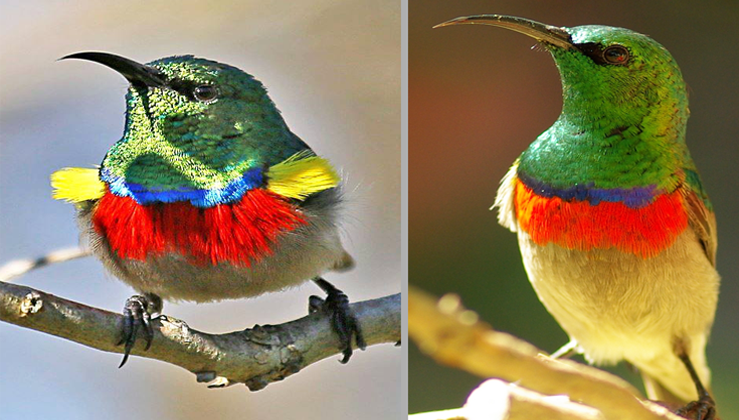
The Southern Double-collared Sunbird measures in at 12 cm. The male sports a head, throat, upper breast, and back that shimmer with a glossy, metallic green. A striking red band spans across the chest, divided from the green breast by a narrow, metallic blue band. The bird’s underparts are mostly whitish but when displaying, yellow feather tufts are revealed on the shoulders. As typical of sunbirds, the bill is long and decurved, while the legs and feet are black. The eye has a deep brown hue.
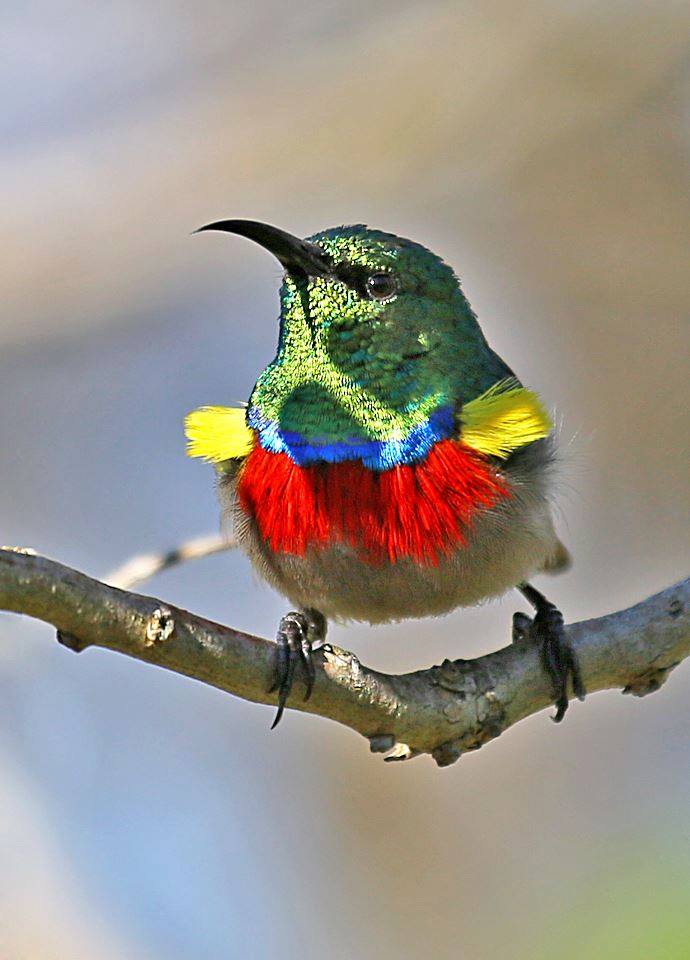
You can differentiate the male Southern Double-collared Sunbird from its look-alike, the Greater Double-collared Sunbird, by its smaller body size, thinner red chest band, and shorter beak. Meanwhile, the female Southern Double-collared Sunbird has brown upper parts and yellowish-grey underparts. The young bird looks similar to the adult female. Remember that the female Southern Double-collared Sunbird is more greyish below than the Orange-breasted Sunbird female and darker below than the Dusky Sunbird female.
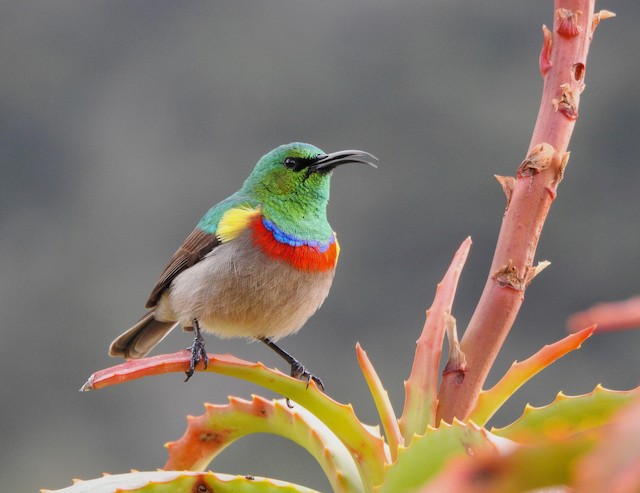
The Southern Double-collared Sunbird typically travels alone or in small clusters, and its swift, brief wings propel it through the air. Its diet primarily consists of flower nectar, with occasional fruit and insects, particularly while tending to its offspring. While it can extract nectar while hovering like a hummingbird, it frequently rests on perches during feeding. The bird’s call is a sharp “chee-chee”, and its song consists of a melodic mishmash of tinkling tones that ascend and descend in pitch and tempo for three to five seconds or longer.
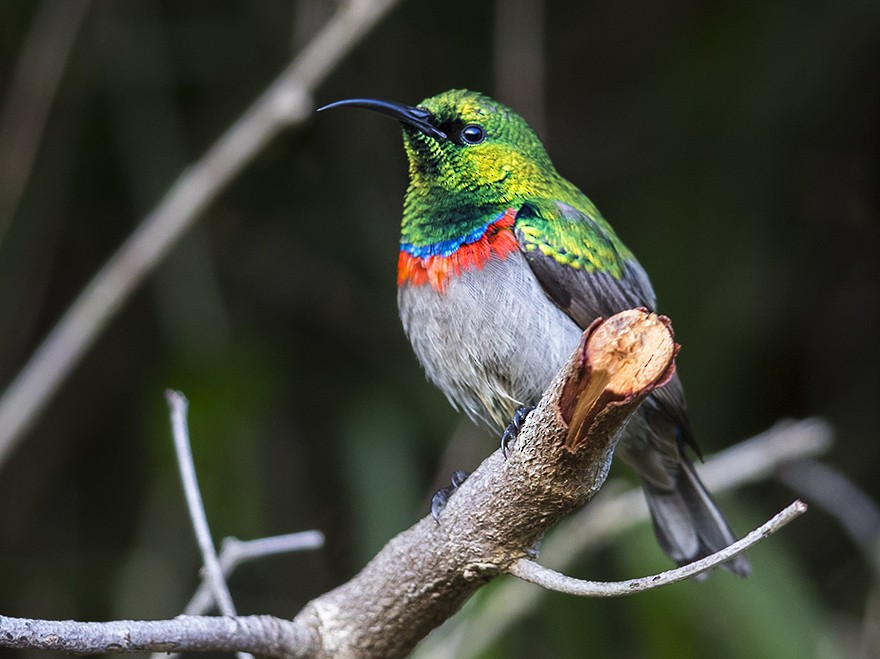
Reproduction: These birds mate on the edges of forests and sometimes in residential gardens. They construct a messy, oval-shaped nest that is usually placed 2-3 meters above ground level and is securely attached to the surrounding foliage. The entrance boasts a hood made of fine grass, which projects over the entrance, and the bottom often shows loose nesting material hanging from it. Their breeding season usually occurs between July and November with a typical clutch size of two. However, Klaas’s Cuckoo frequently parasitizes their nests. The mother bird solely incubates the eggs for 15-16 days, while the nestling or fledgling period lasts for approximately the same duration.
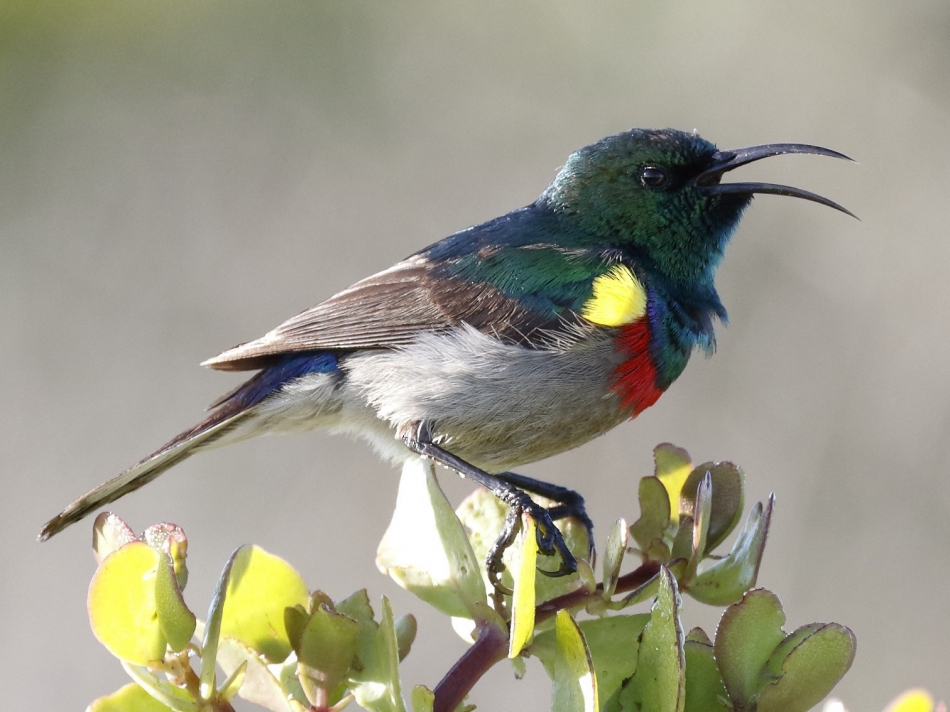
The Southern Double-collared Sunbird is frequently found in gardens, fynbos, forests and coastal scrub. Depending on the area, this species breeds between April to December. Their nests are built with grass, lichen and plant material, held together by spider webs. The nest has a side entrance and is oval-shaped, occasionally featuring a porch. Wool, plant down and feathers are used to line the interior of the nest.
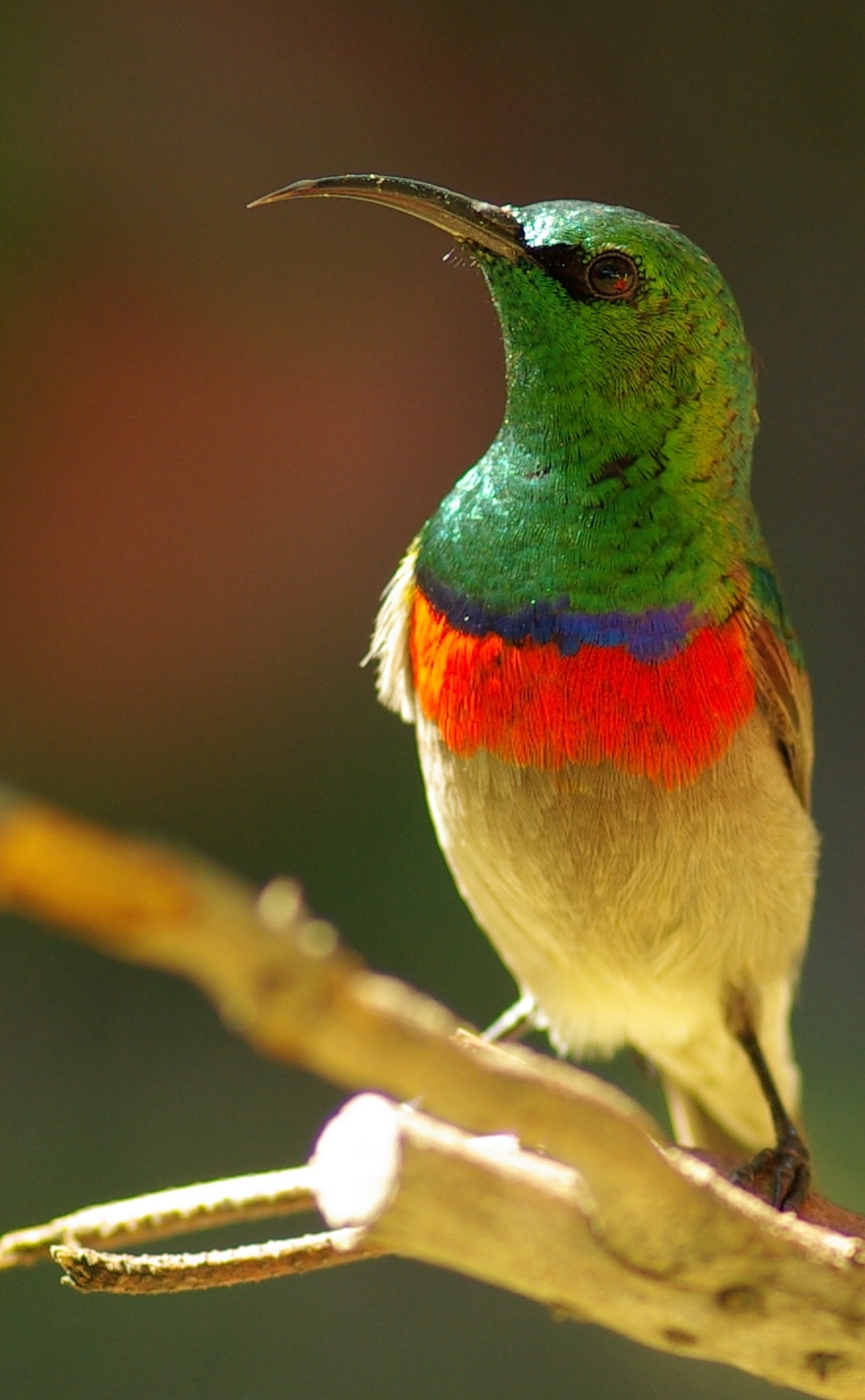
The Eastern South Africa is home to a frequently found endemic that also extends to some areas of Swaziland. However, it doesn’t exist in Lesotho. This particular species is quite prevalent in the Upper Highway region and not currently facing any threats. A fascinating fact about this bird is that their bills come in various shapes and sizes, which makes them more compatible with certain flowers for extracting nectar. This trait is believed to have developed through co-evolution, where two species undergo genetic changes together to mutually benefit each other.
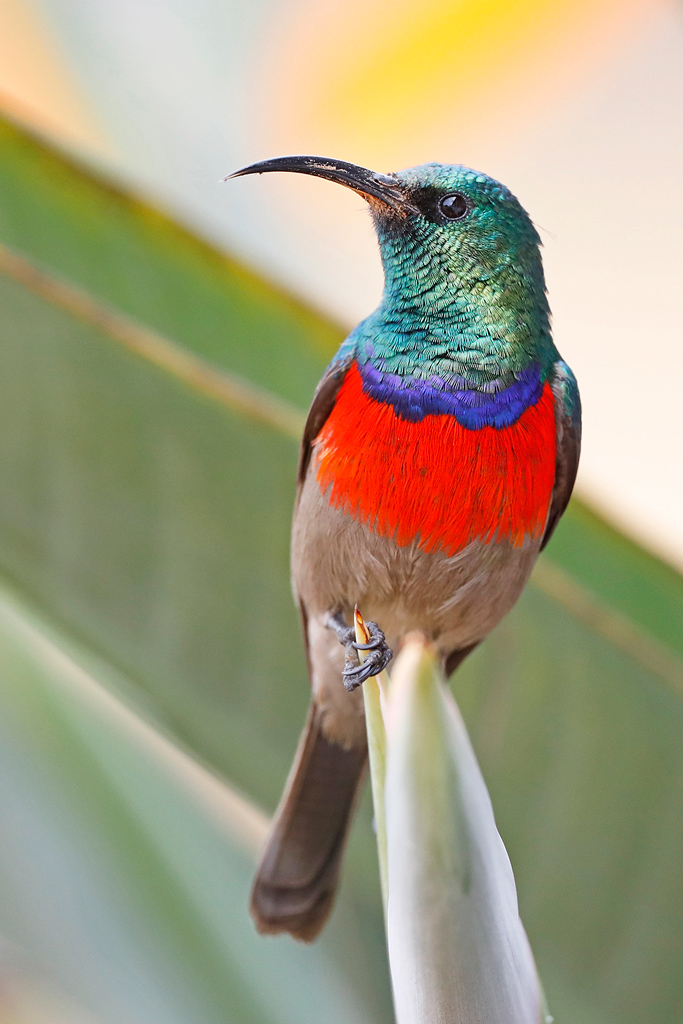
During my son’s early years, a sunbird constructed its nest by a path that ran adjacent to a wooded area in our garden. One day, I invited his slightly older friend over to play, and before leaving for work, I decided to show them the nest in hopes of imparting some knowledge. However, I made it a point to instruct them not to disturb the nest in any way. Later that day, upon returning home from work, my heart sank when I discovered the nest in a box on our dining table with the two kids playing with the chicks. Thankfully, I was able to reposition the nest about 1m away from its original spot, and to my relief, the adult birds continued to care for their offspring as before. Eventually, the chicks took flight, unharmed and unscathed.
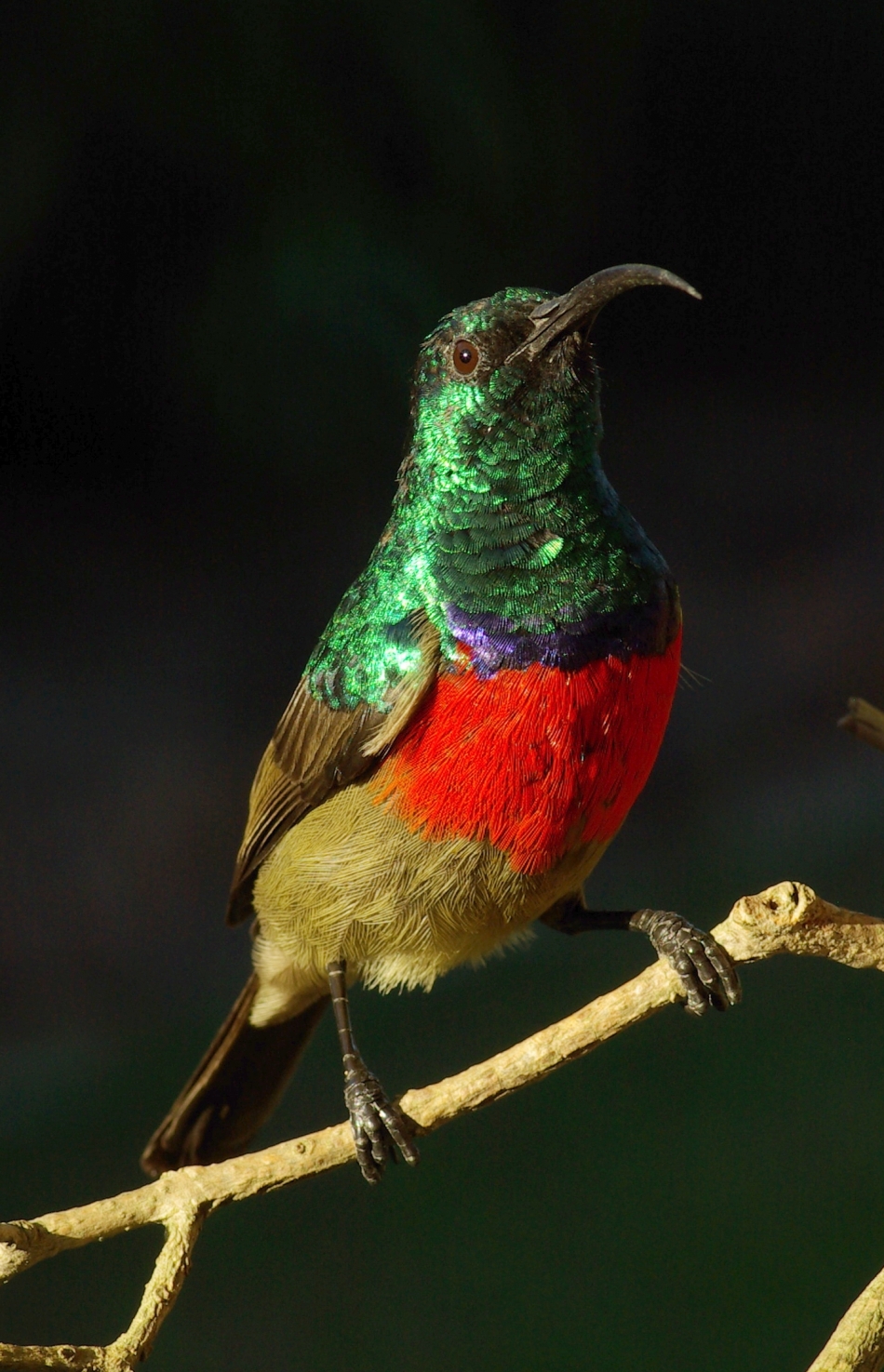
I successfully placed the nest back in its original spot, but this time about a meter away. The parent birds continued to nourish their little ones with no hiccups and eventually, the chicks took flight.




